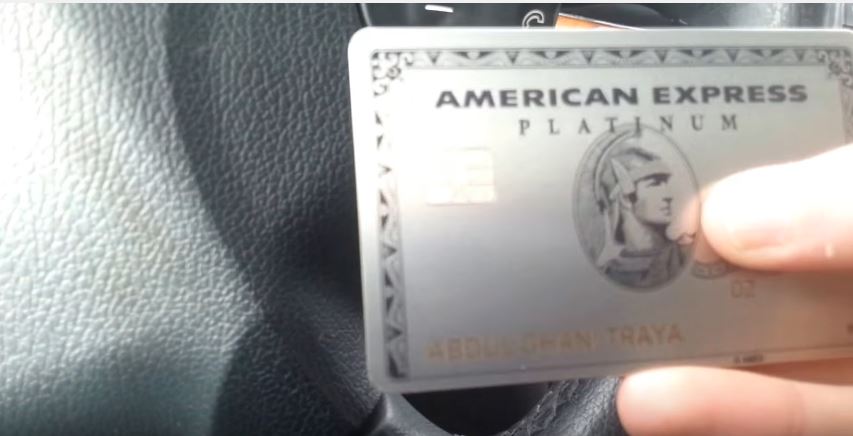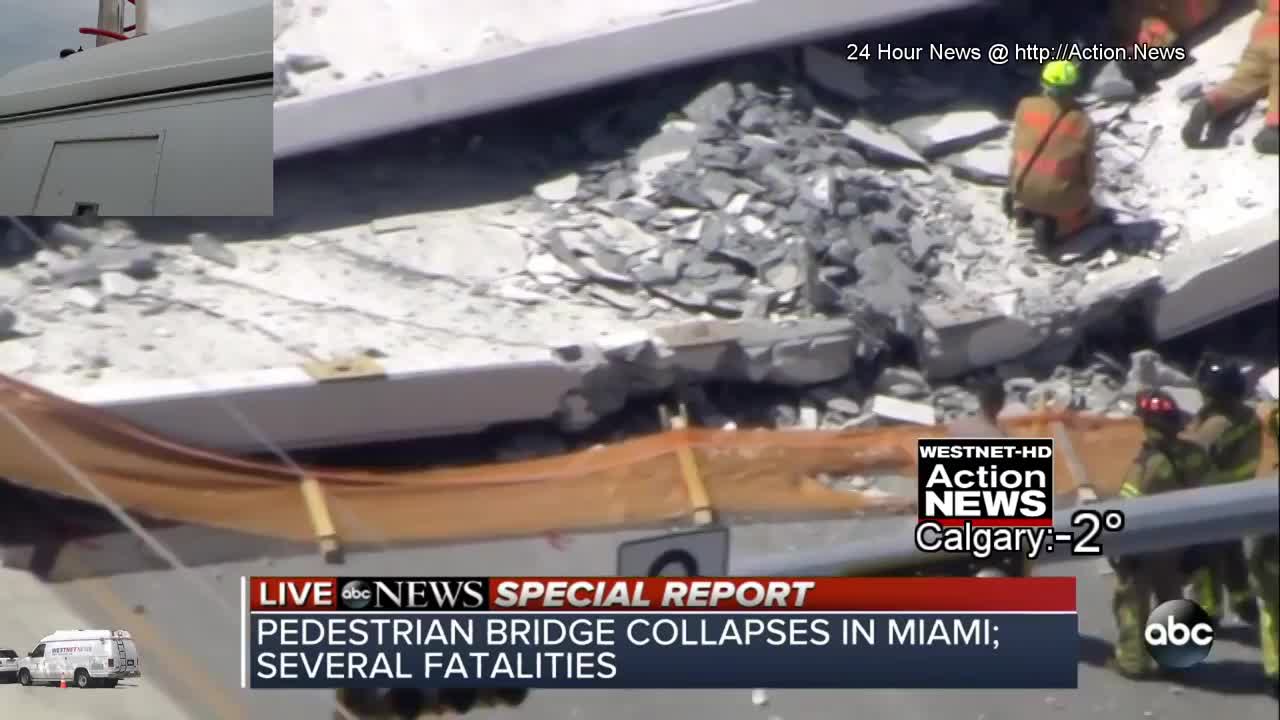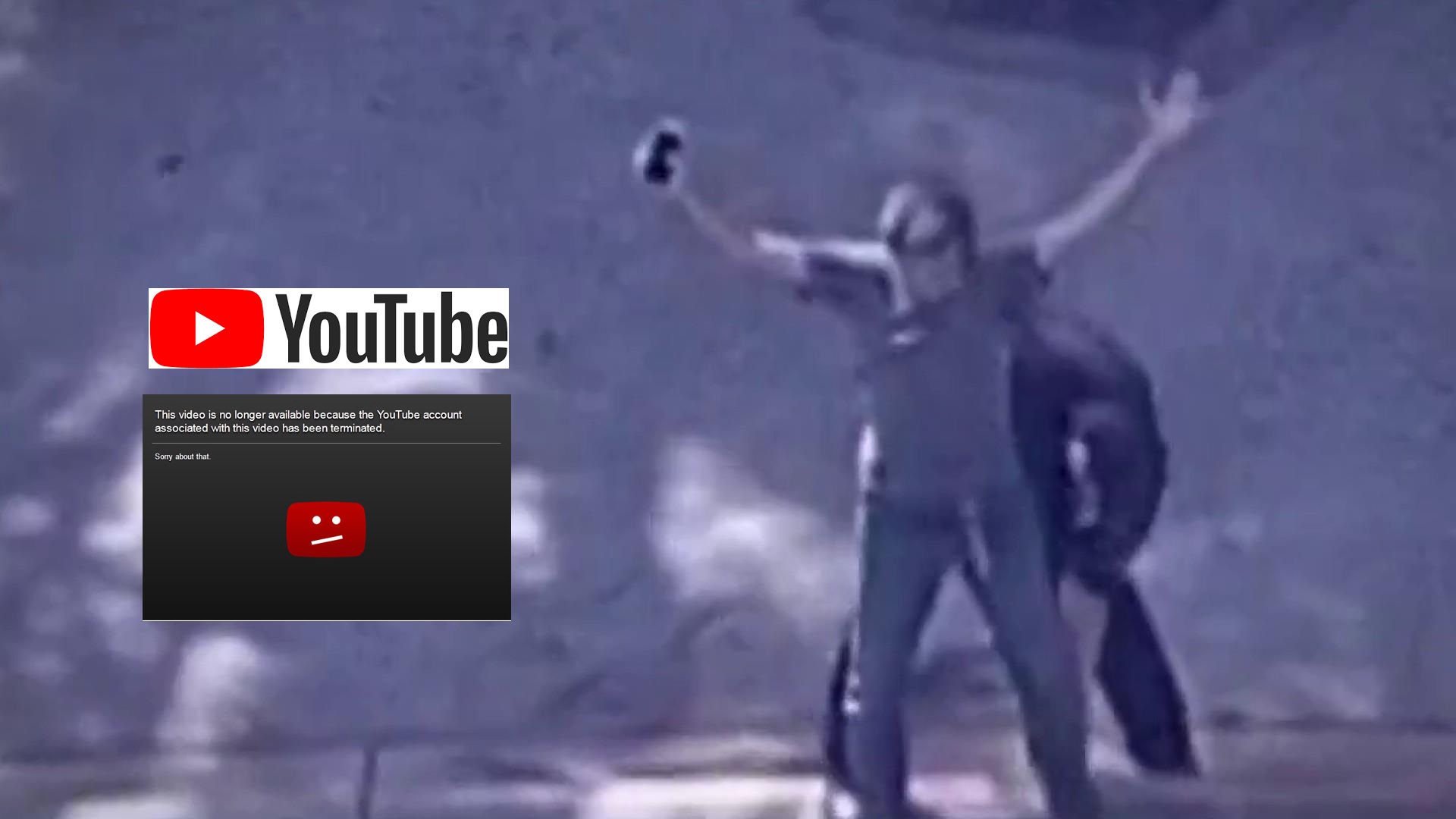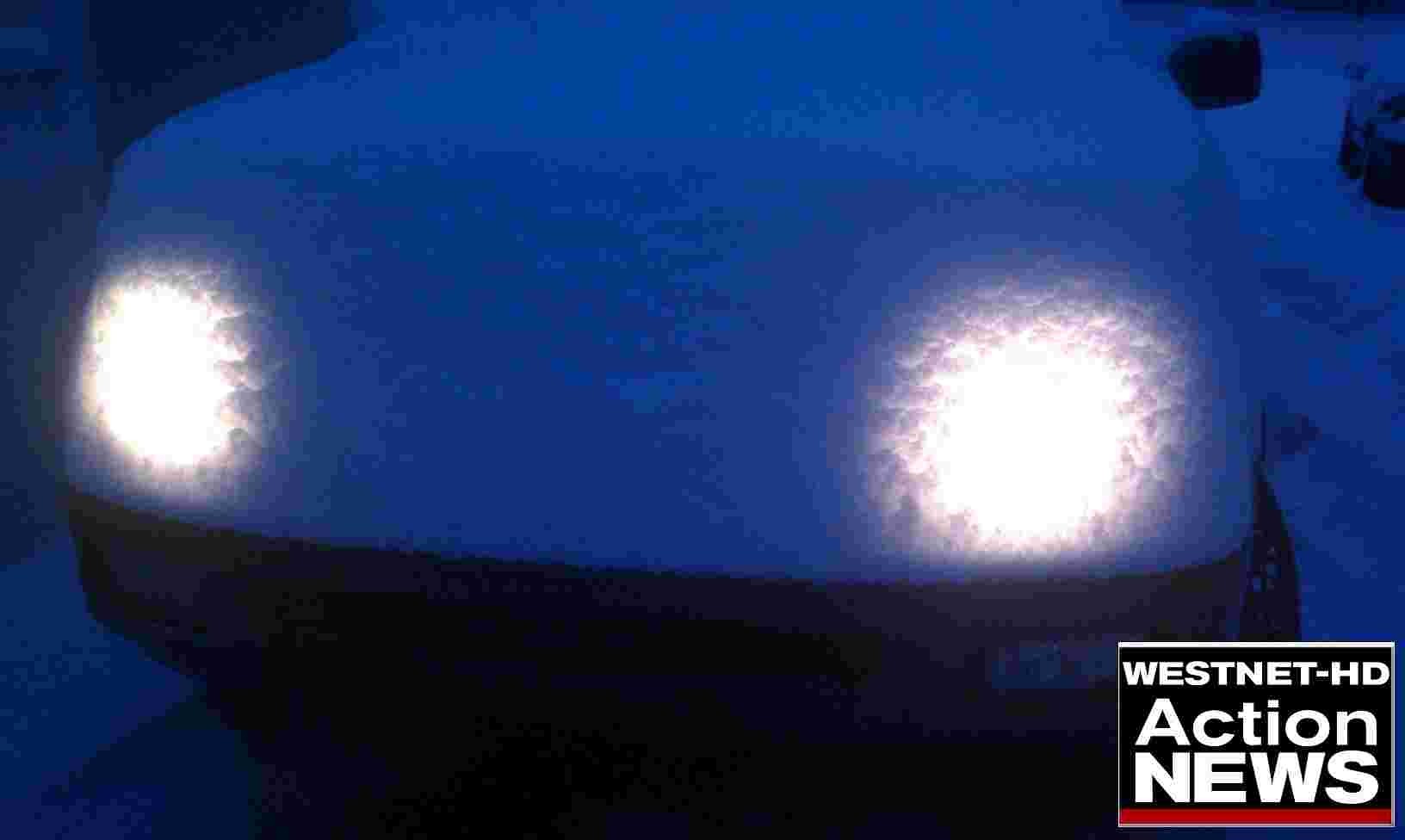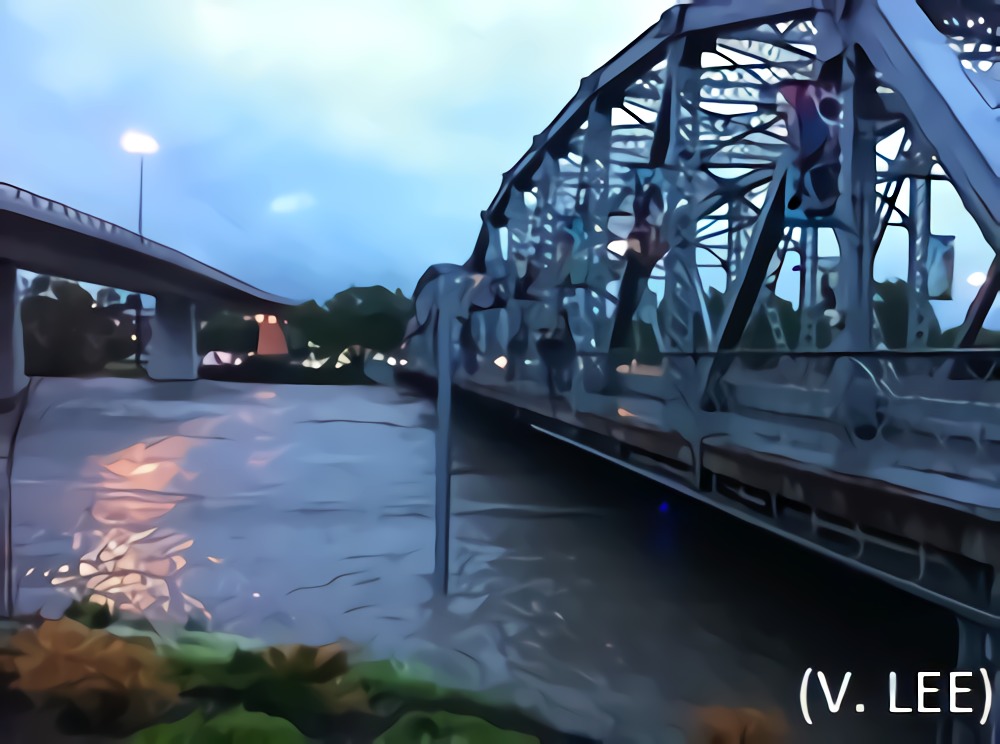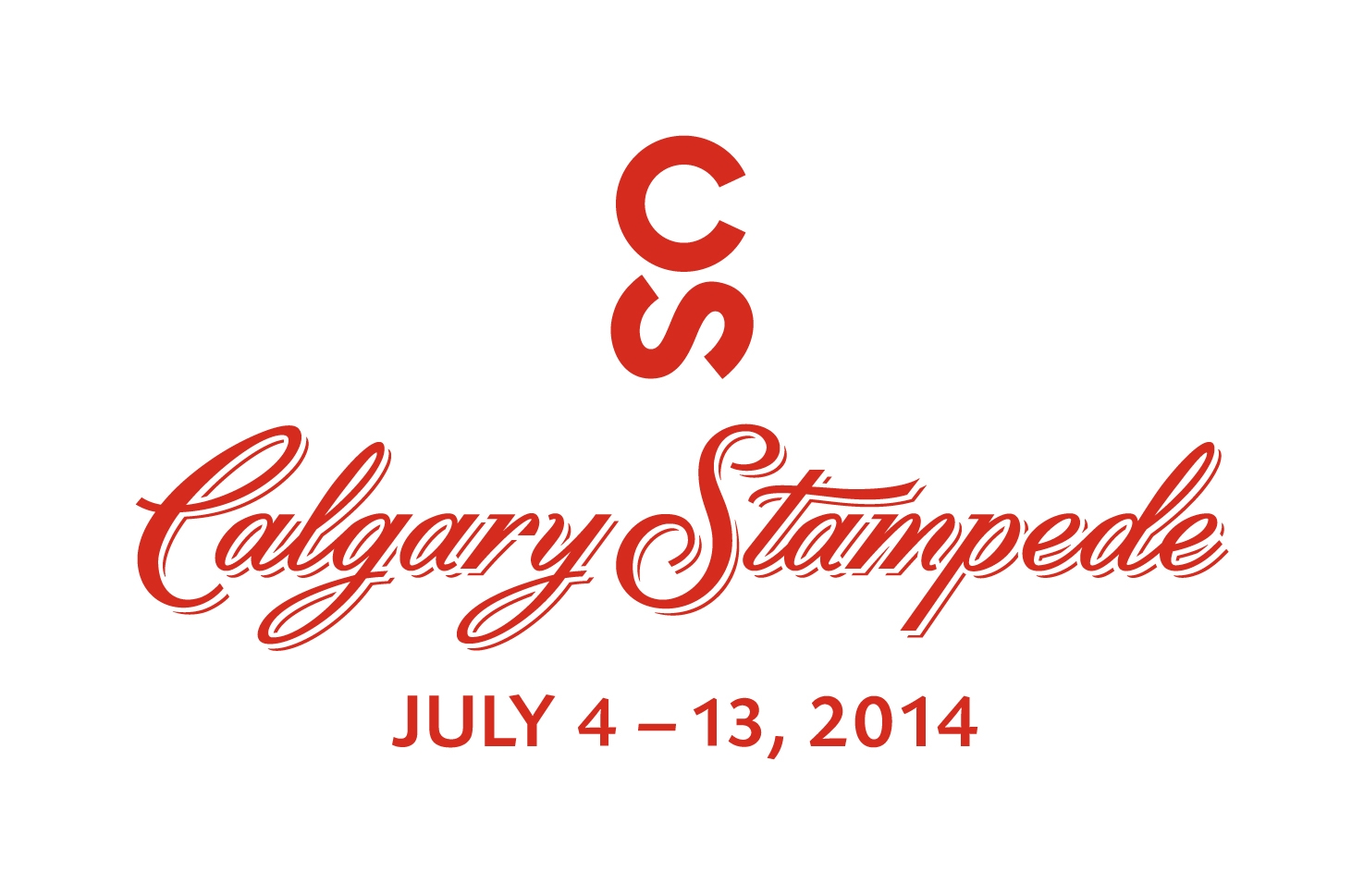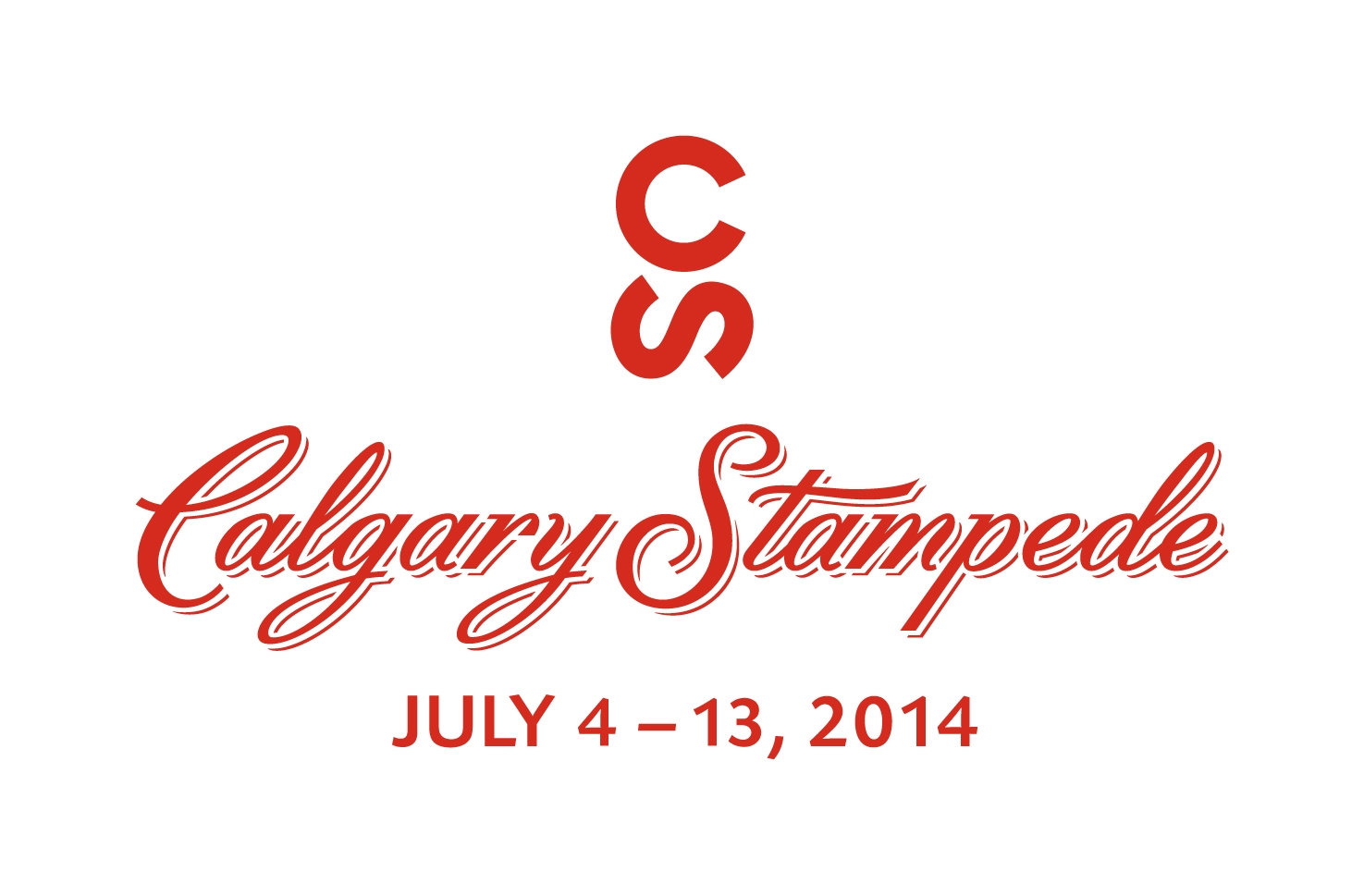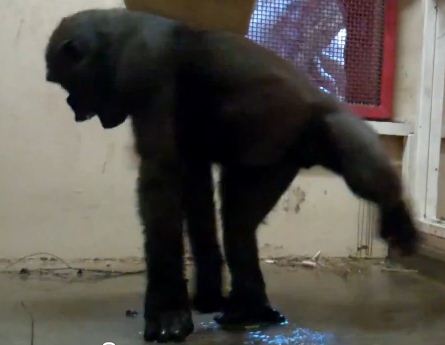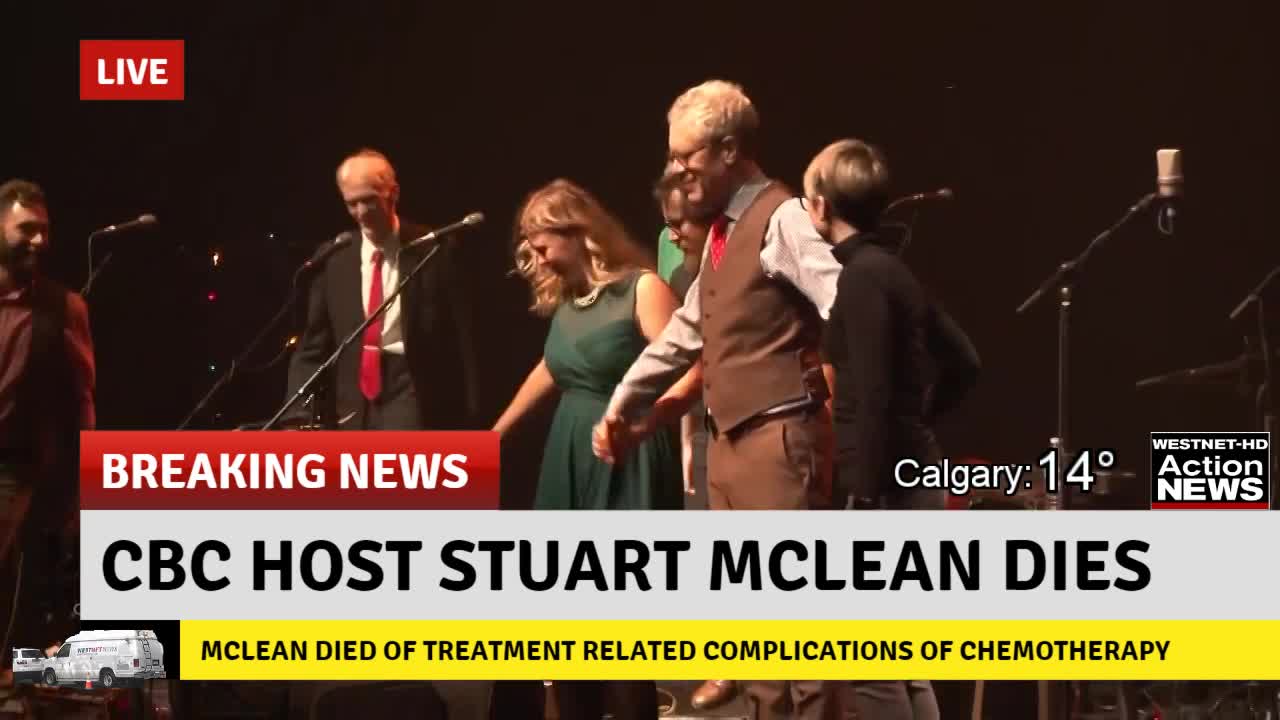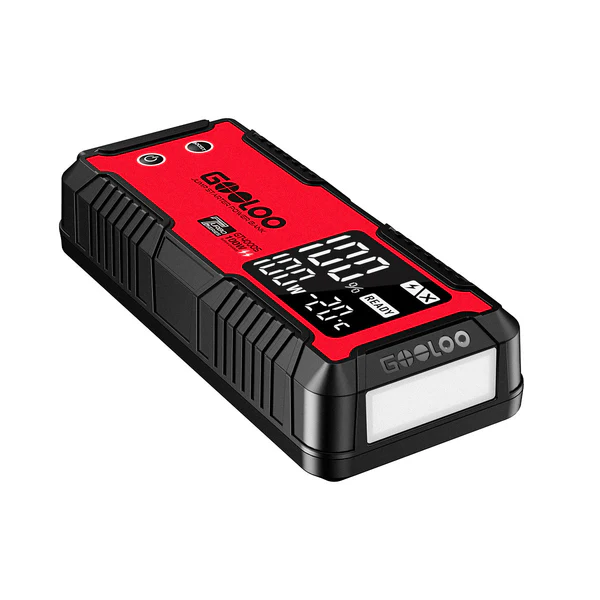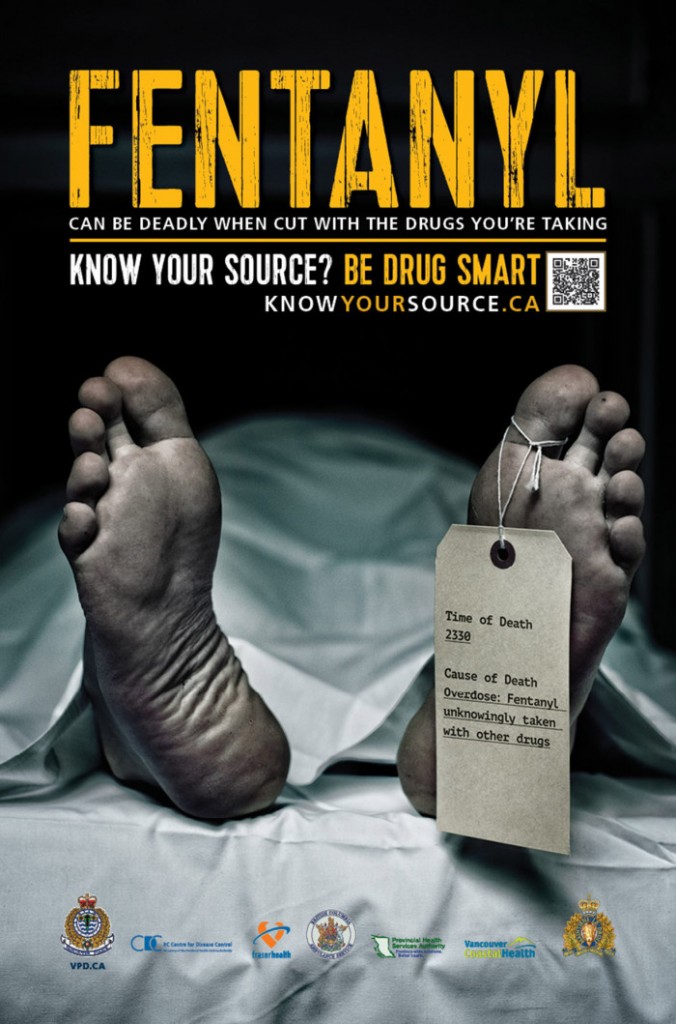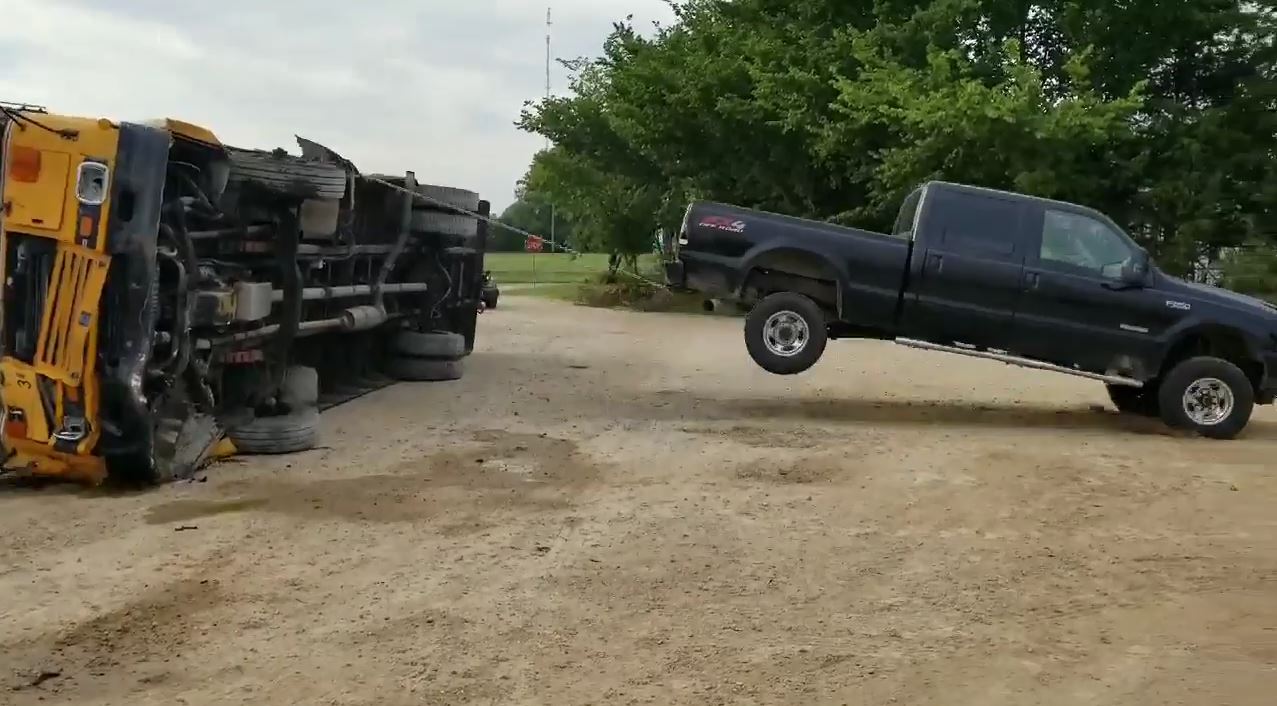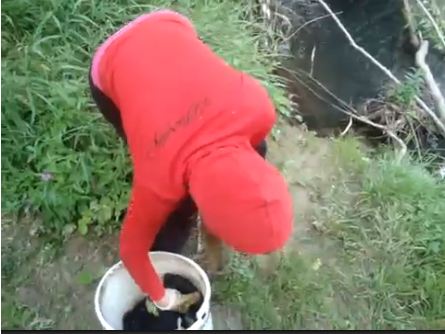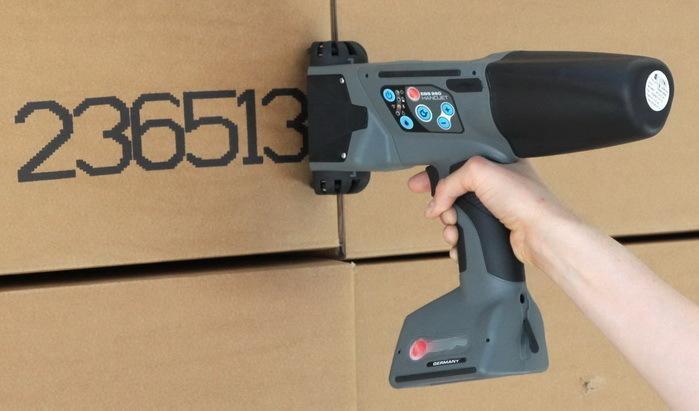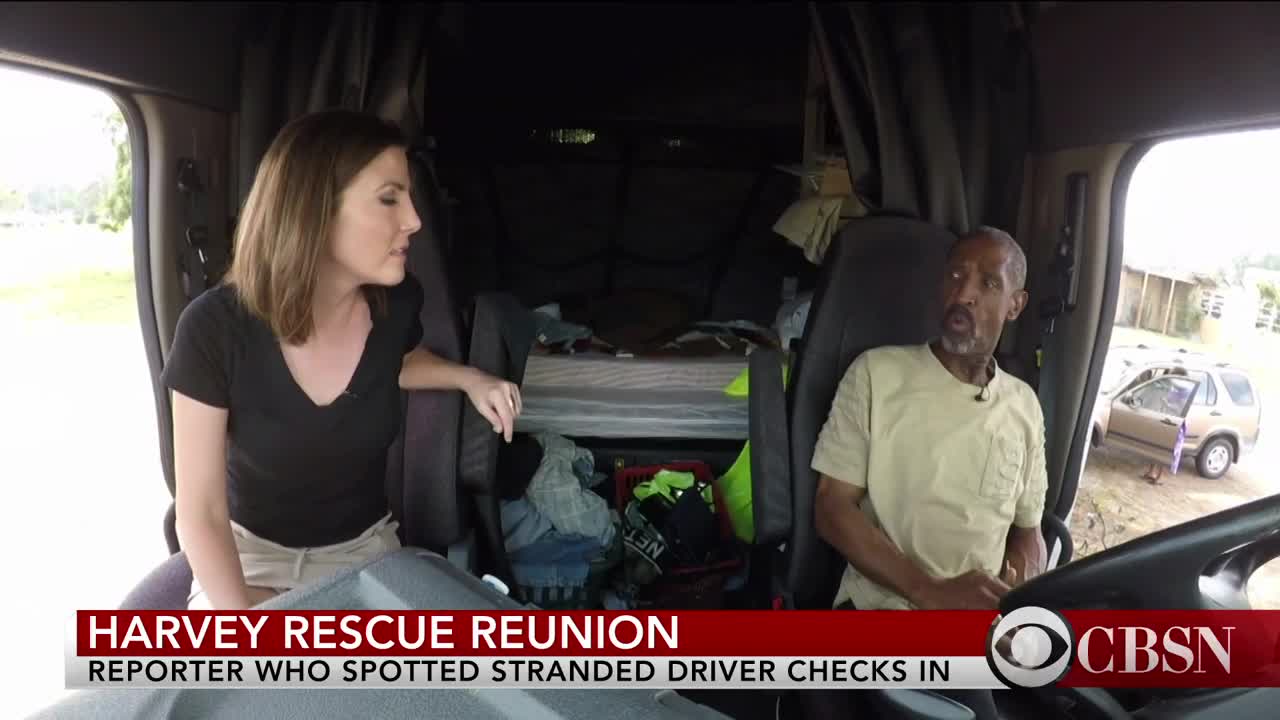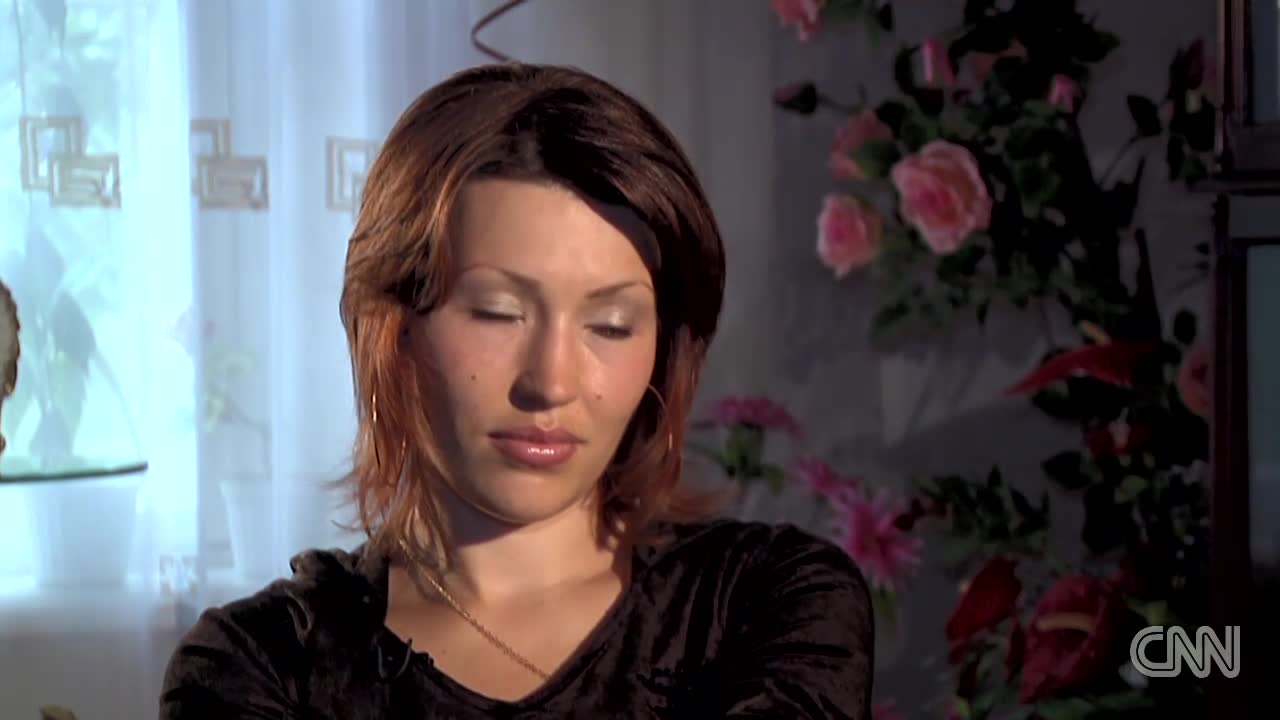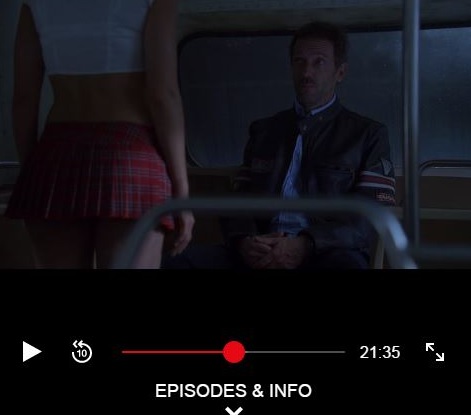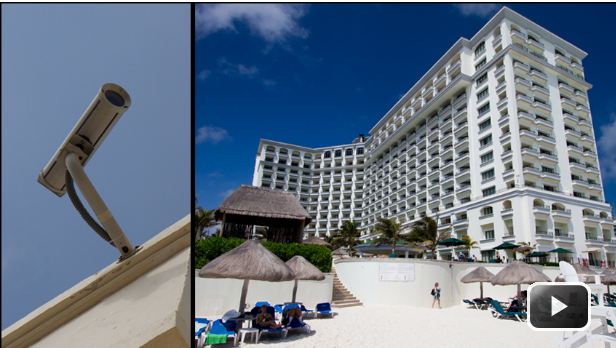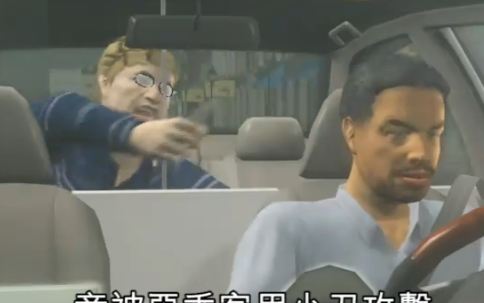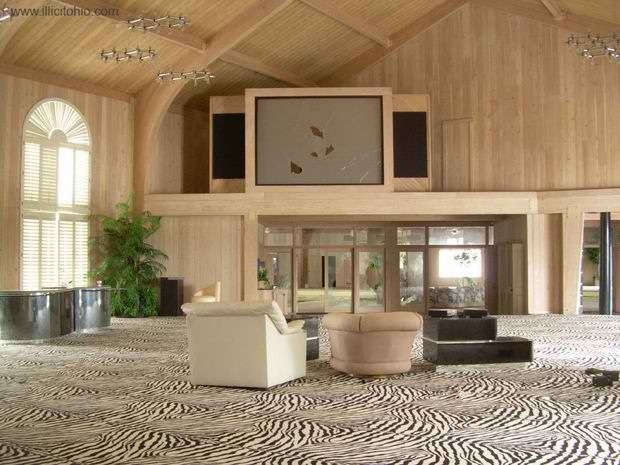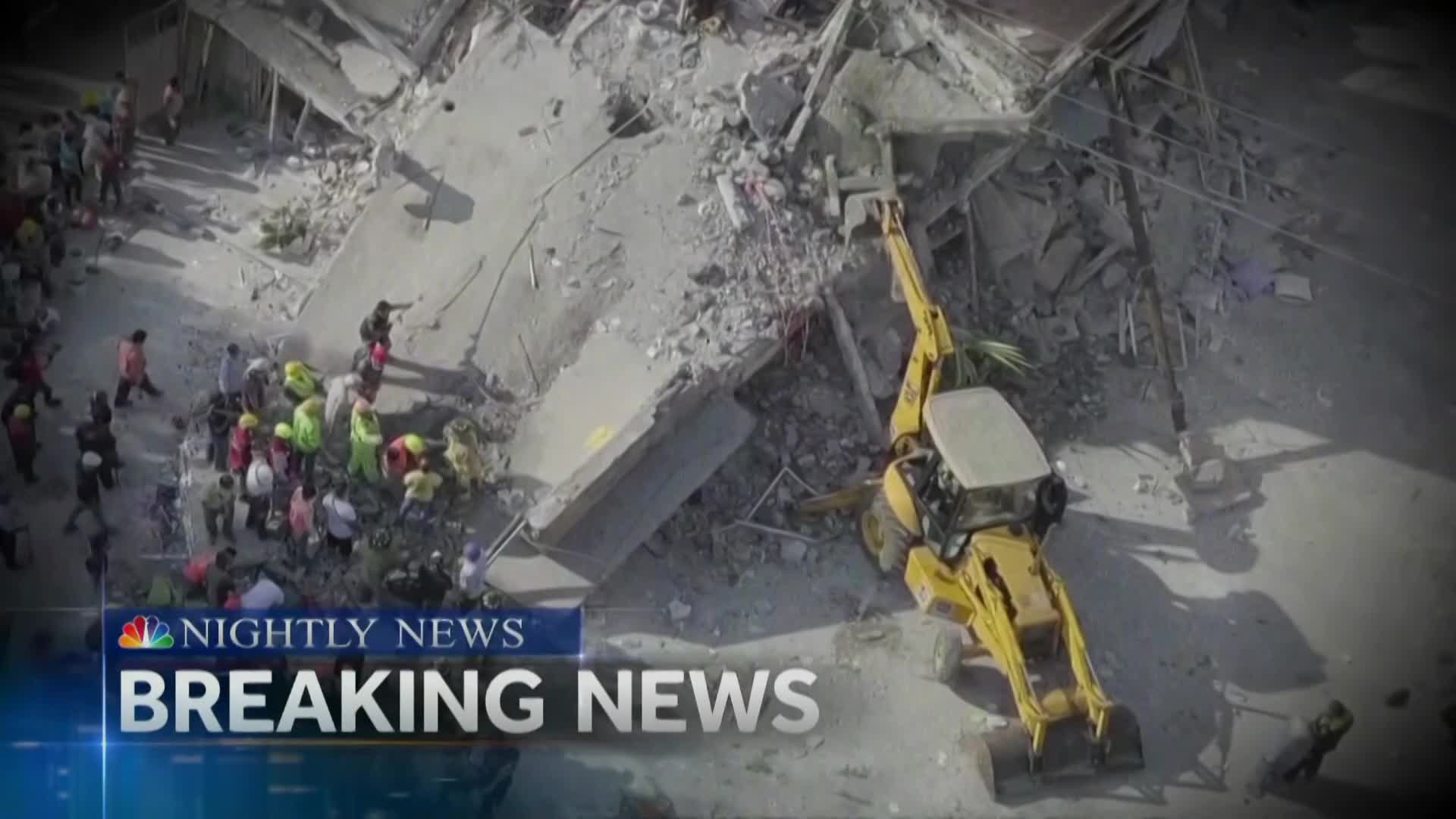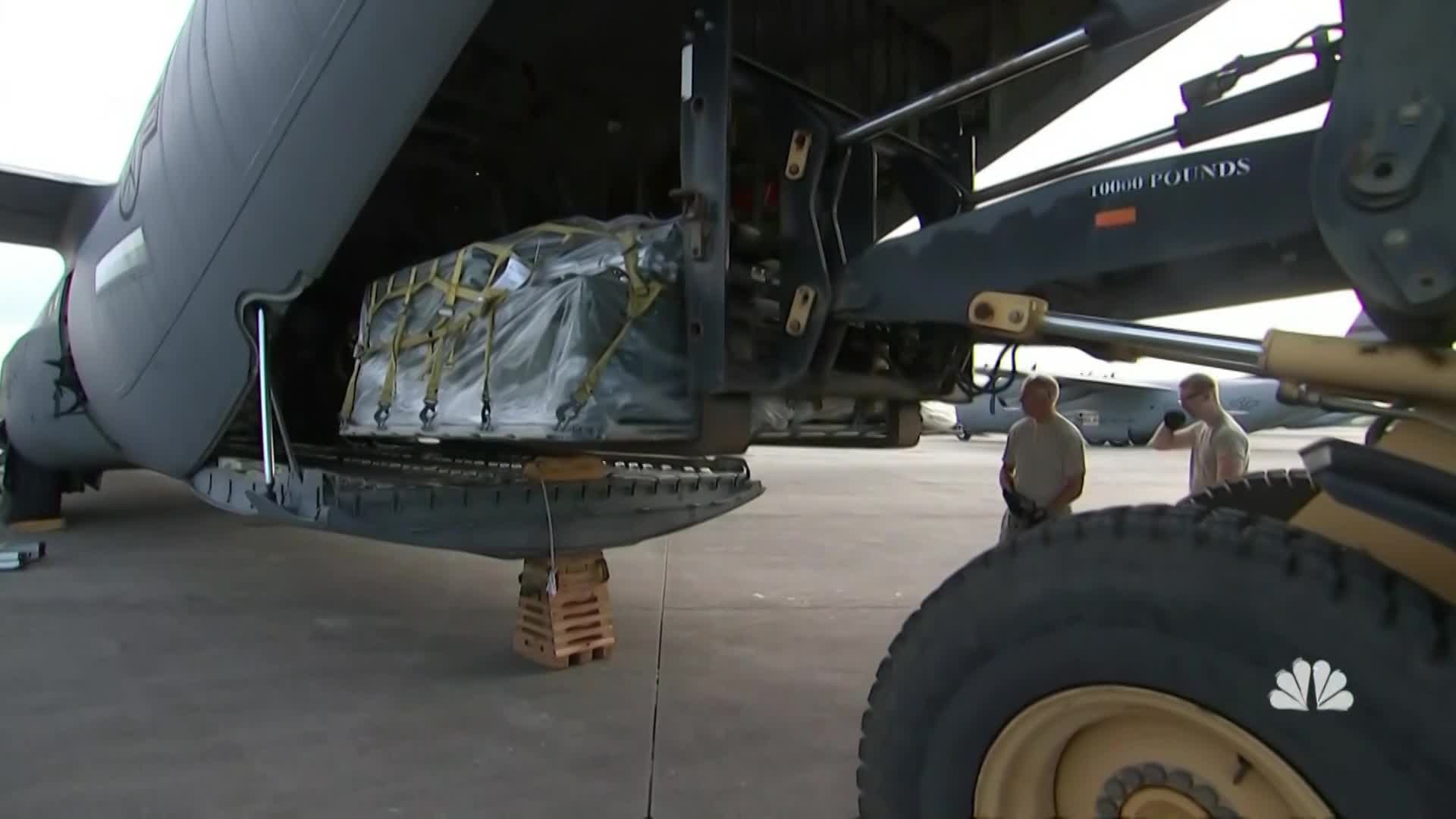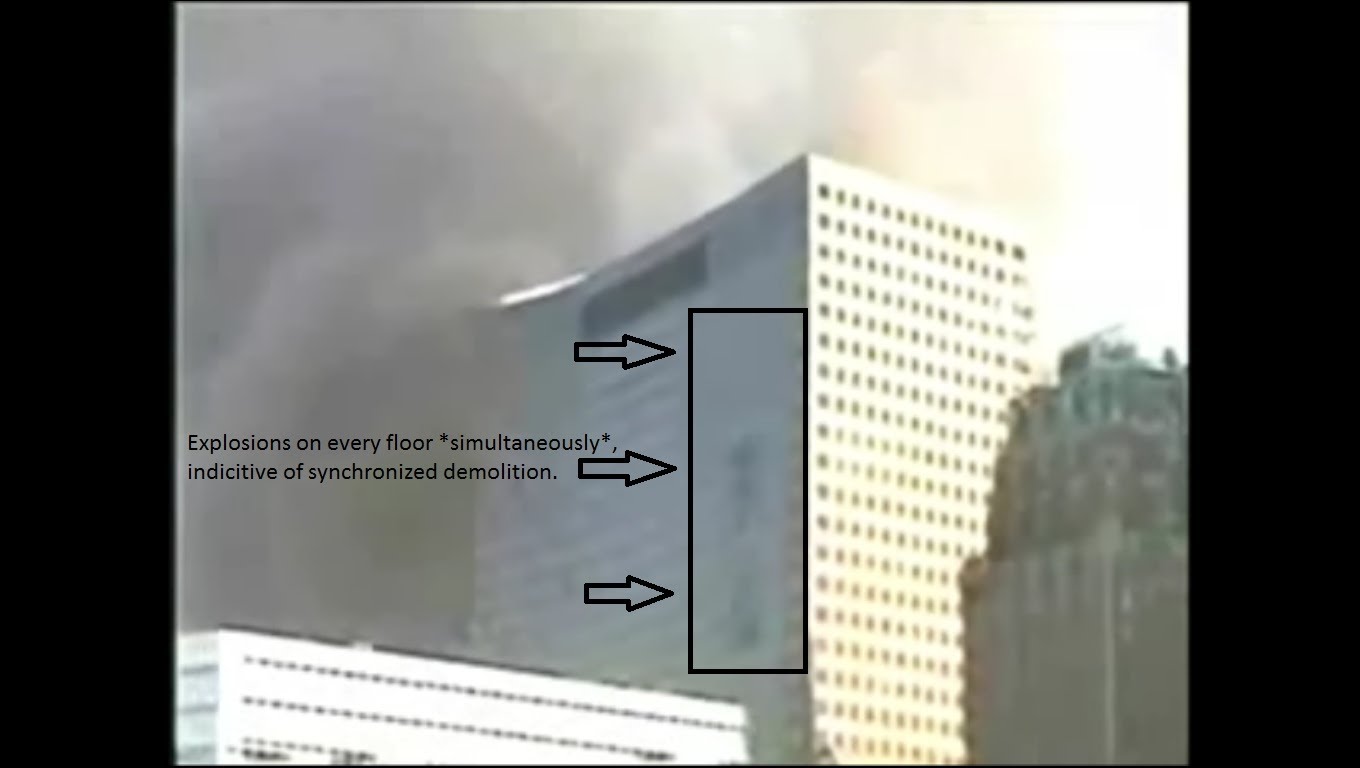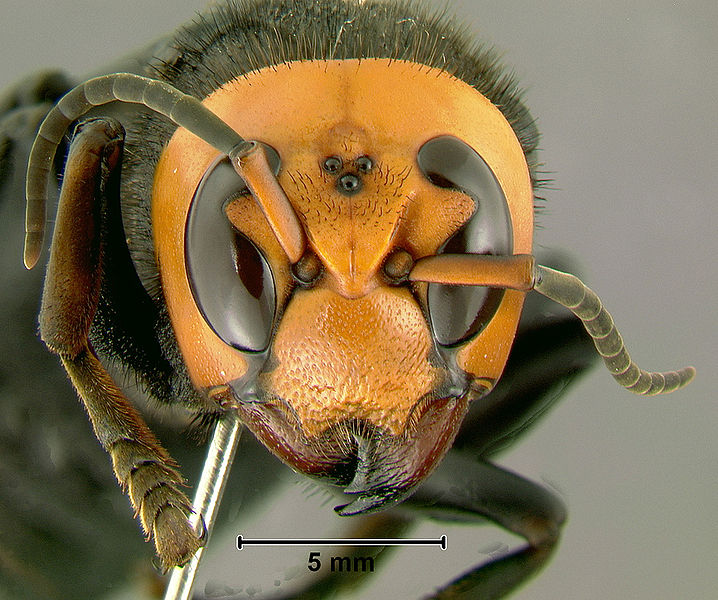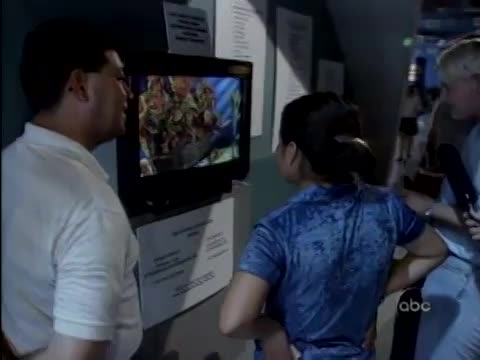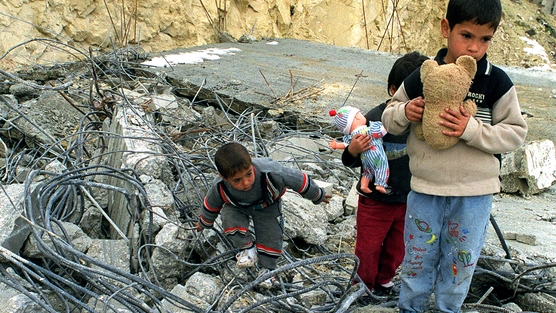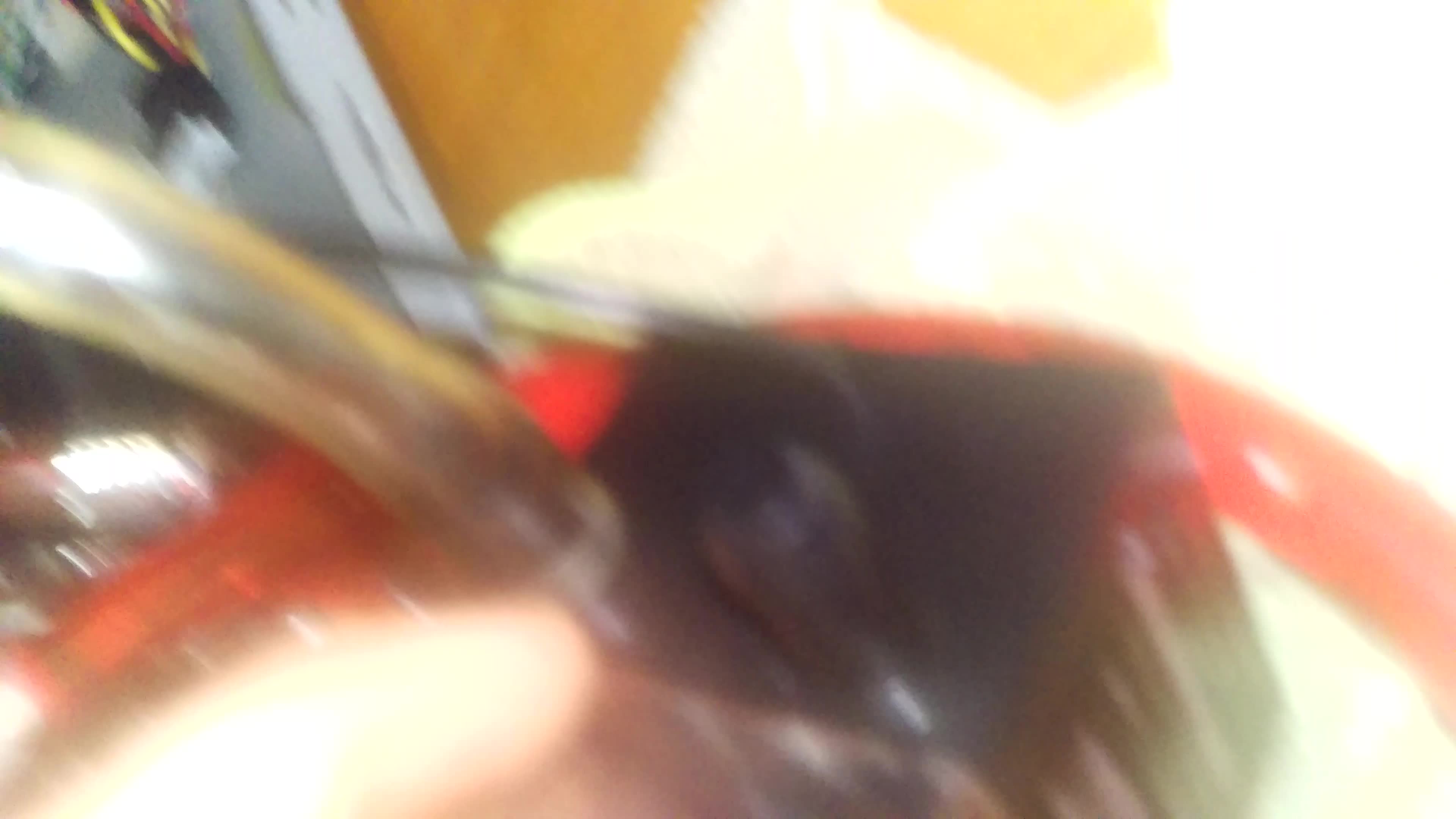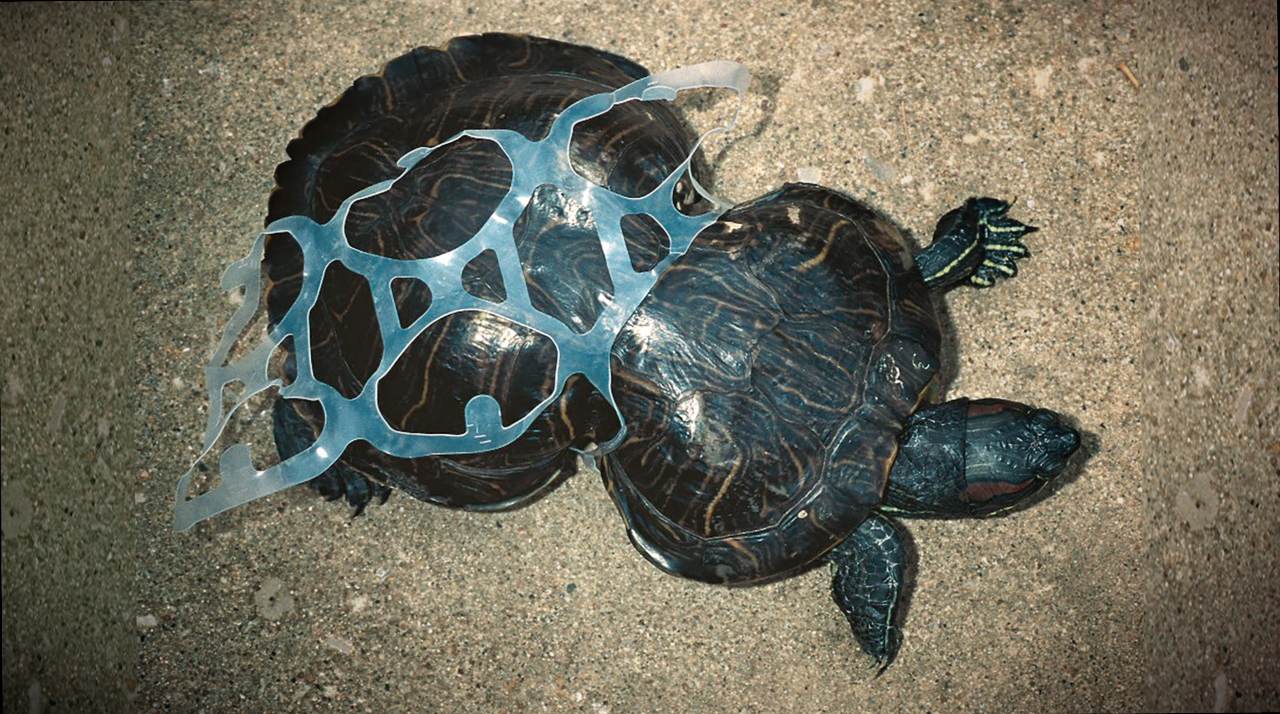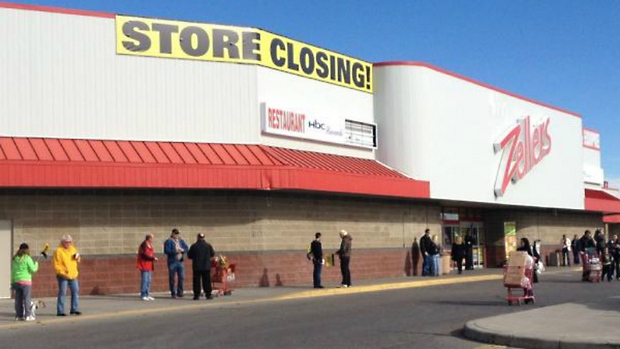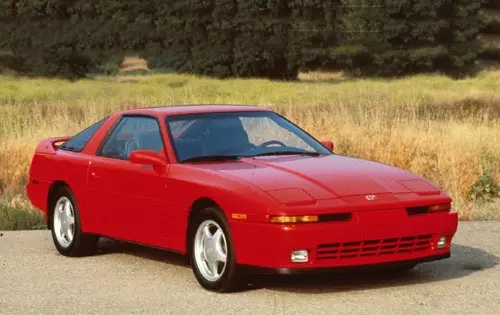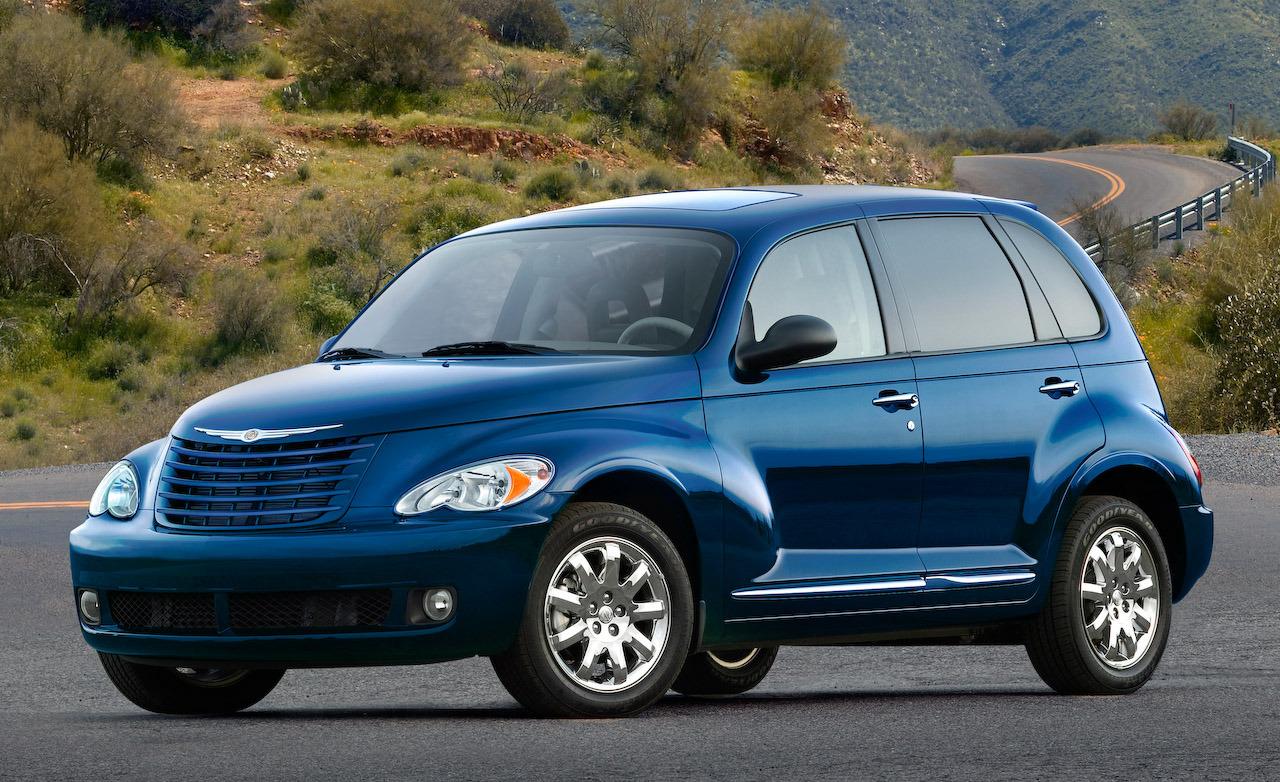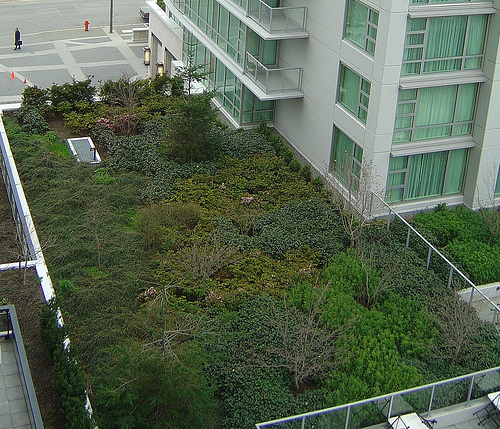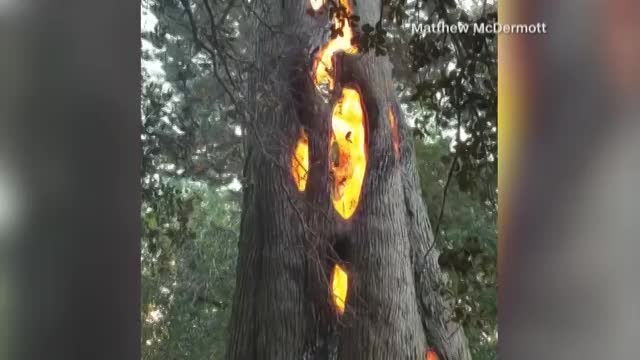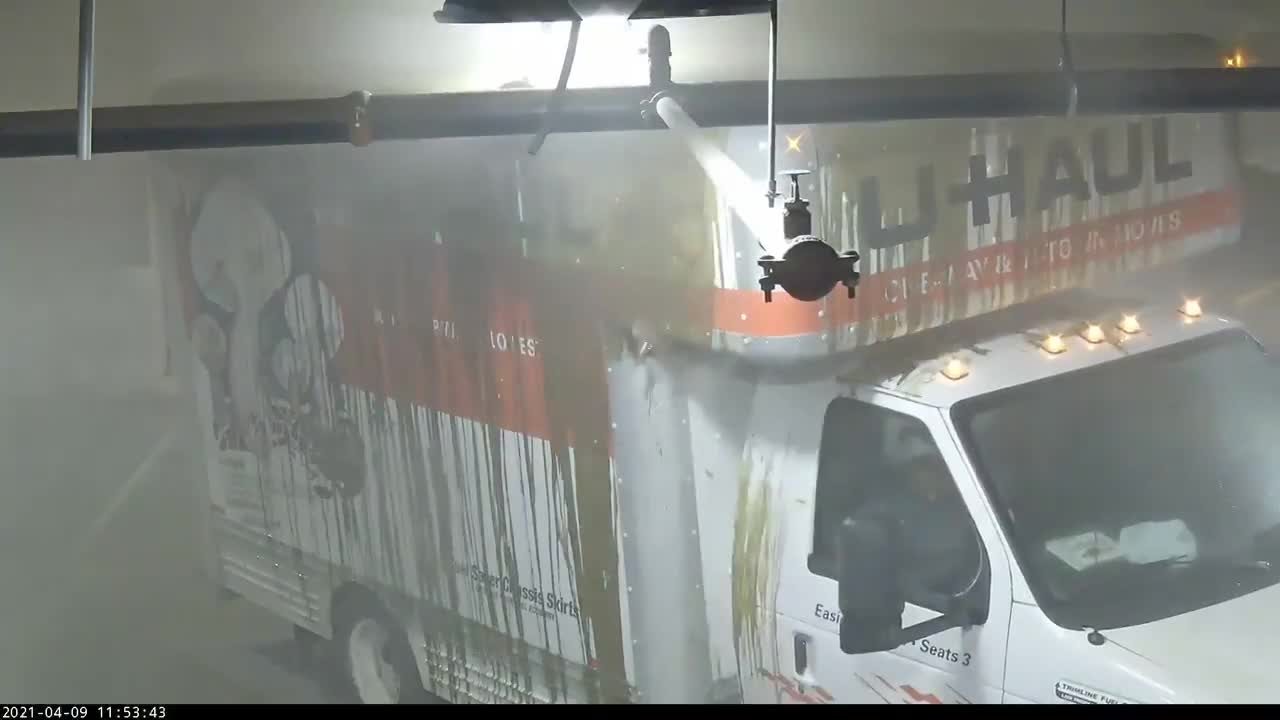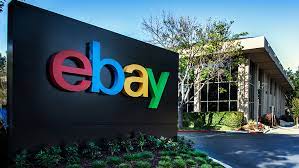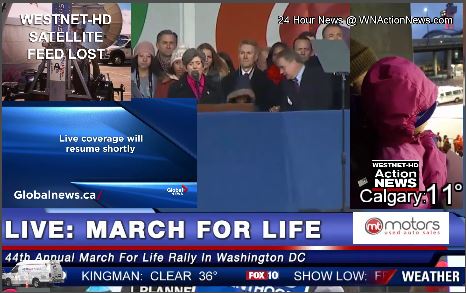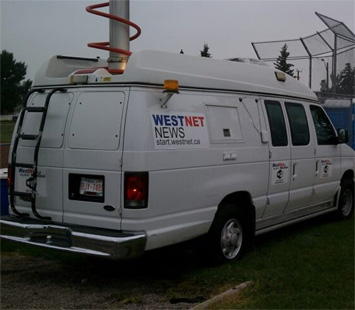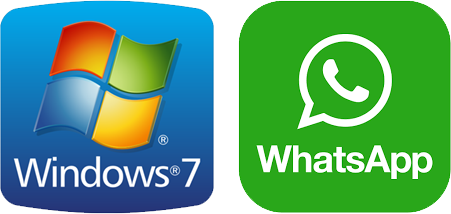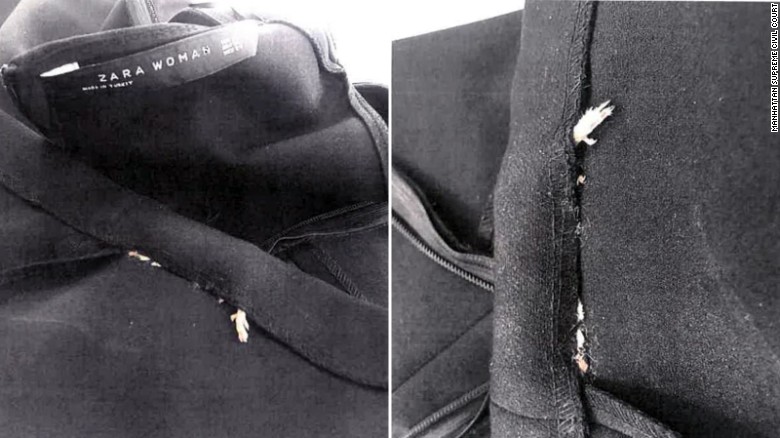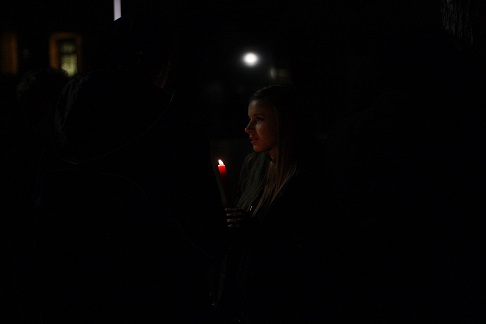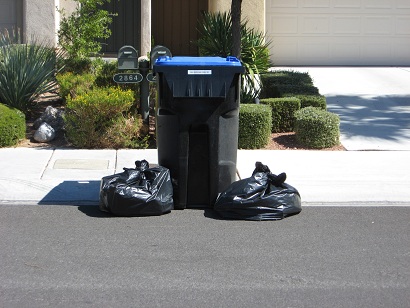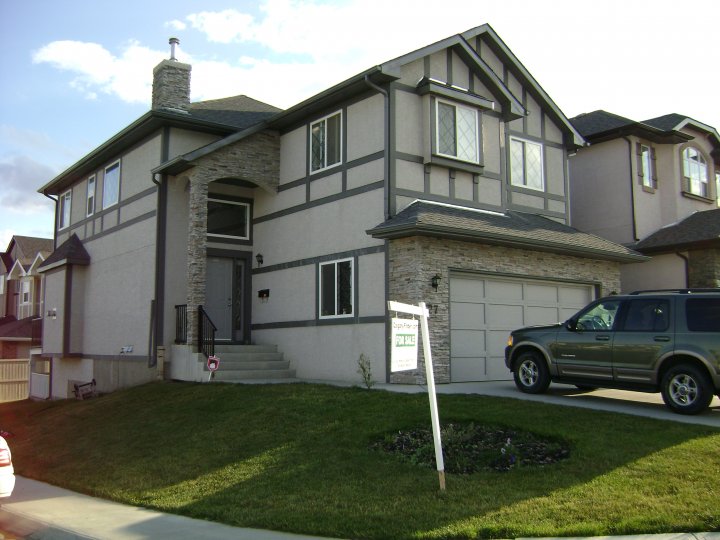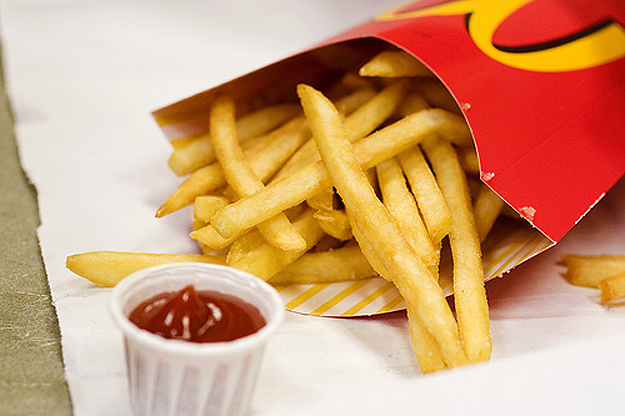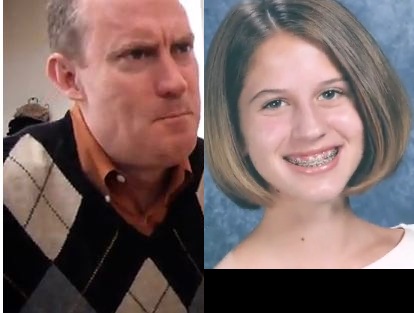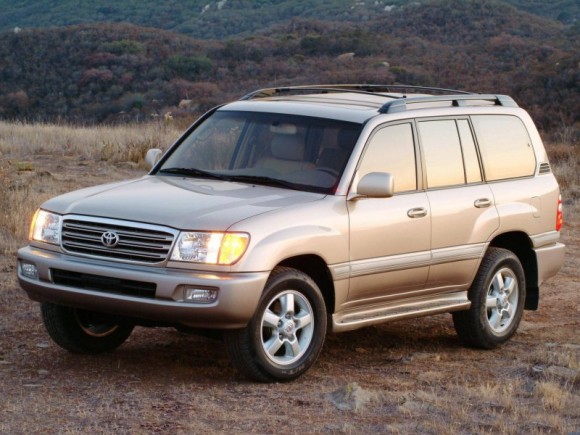New laser method could help neurosurgeons get at hard-to-reach tumours
Brain surgeons gain access to deep tumours previously thought to be inoperable
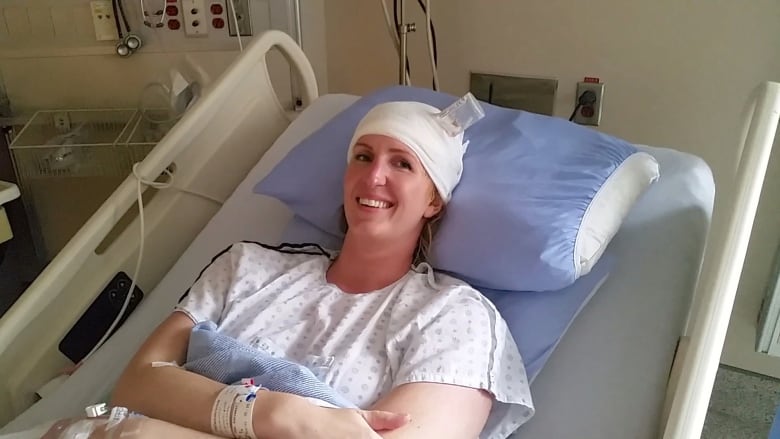
Twenty-seven Canadians a dayare diagnosed with a brain tumour.Often, the prognosis isn't good, but it might be improved thanks to a new techniquethat targets tumours deep inside the brain that are too dangerous to remove surgically.
The technique was createdby MarkTorchiaand Richard Tyc of the University of Manitoba andconsists of heating the cancerous tissue with a laser, making it more receptive to chemotherapy.
CarlingMuir of B.C. is hoping the method,known as NeuroBlate, will help her survive therare form of recurring brain cancer that she has been living with for the past decade.
Muir, who was diagnosed when she was 19,has taken some inspiration from how Tragically Hip singer Gord Downie has handled his own diagnosis of brain cancer this past summer.
"I worry more about, like, what it does to my family?That's the part that gets me," she toldCBC'sRegSherren.
Sherrenwas granted exclusive access to the operating room at Vancouver General Hospitalwhere Muir underwentthe NeuroBlate procedure.
Watch the video to see how surgeons used the laser ablation method to target thecancer cells in Muir'sleft frontal lobe and read more about the procedure below.
How does it work?
The goal is to target abnormal cells such as cancer while protecting healthy tissue surrounding the tumour.
NeuroBlate was developed in Manitoba. Itcombines a surgical laser,MRI imaging and software to ablate or intensely heat diseased tissue precisely.
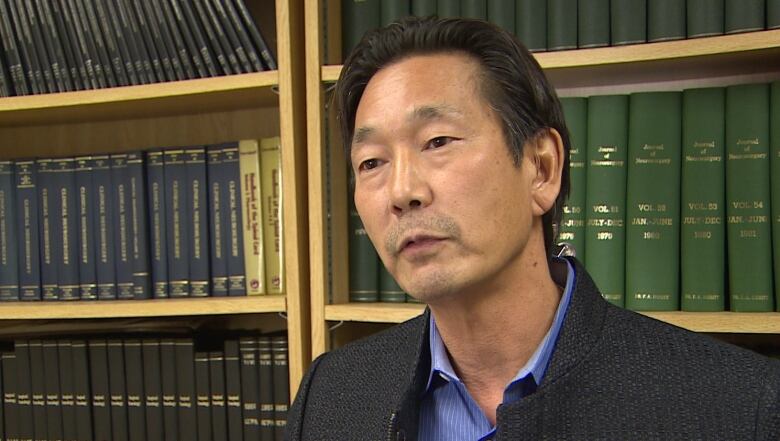
Doctors review images of a patient's brain taken during diagnostic tests, and then chart the best path toward lesions or tumours with the device.
Surgeons drill a small hole, about the circumference of a pencil, in the patient's skull to guide the laser. It is designed to heat and destroy tumours.
What are some of the advantages and disadvantages?
Using the minimally invasive tool may lessen pain and reduce length of stay in hospital compared with open surgery.
It's not going to be the treatment for everybody. But for the right person, it will be part of that combination of treatments.- Brian Toyota, neurosurgeon, Vancouver General Hospital
The technology is not appropriate for every tumour or lesion, type or location. For example, it may be too difficult to use on large or irregularly shaped tumours.
Depending on how the laser probe is placed in the brain and how much heat is applied, bleeding or permanent brain damage may occur.
The long-term benefits and risks aren't yet known.
Who is a candidate?
Health Canada licensed the system for neurosurgeons to kill or coagulate soft tissue. It is not intended to cure, prevent, mitigate or diagnose disease.
It is up to physicians to use their clinical judgment and experience when deciding to use the system.
Where is it offered?
In Canada, Dr. Brian Toyota at Vancouver General Hospital has performed the procedure about 20 times. About 20 different hospitals in the U.S. use the NeuroBlate system.
"Laser by itself won't cure cancer," Toyota told Sherren. "It's not going to be the treatment for everybody. But for the right person, it will be part of that combination of treatments."
How long has it existed?
A Winnipeg-based privately held company, Monteris Medical, developed the tool that TorchiaandTyc invented.
- Governor General honours Manitoba brain laser inventors
- Brain cancer laser surgery treatment a first in Canada
It was licensed by Health Canada in late 2014 and first used in 2015, Monteris said.

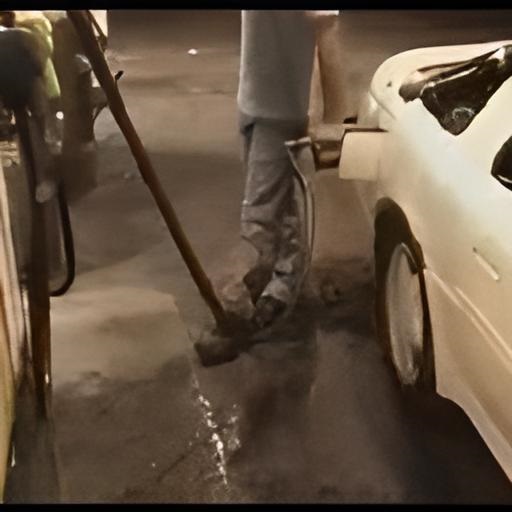
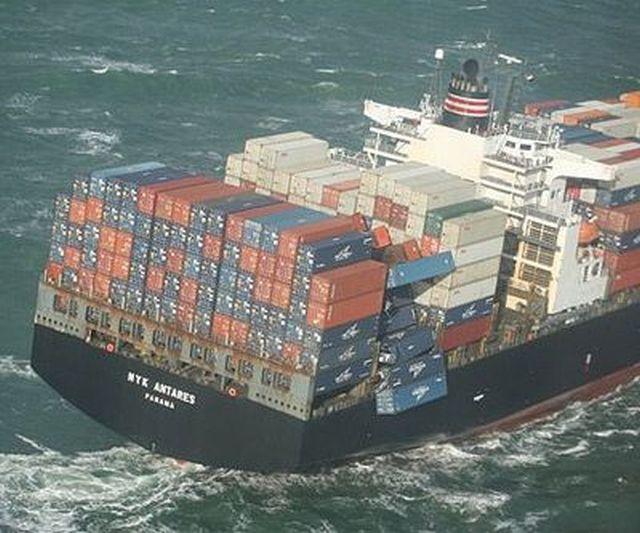

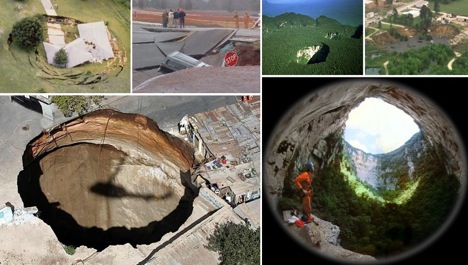
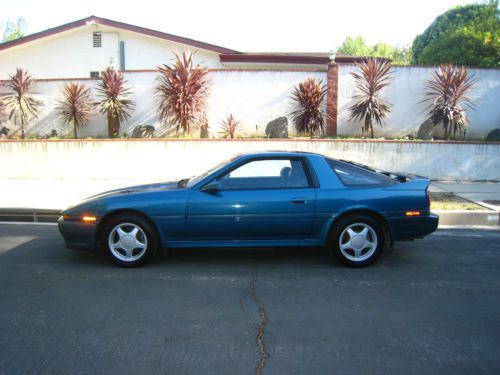
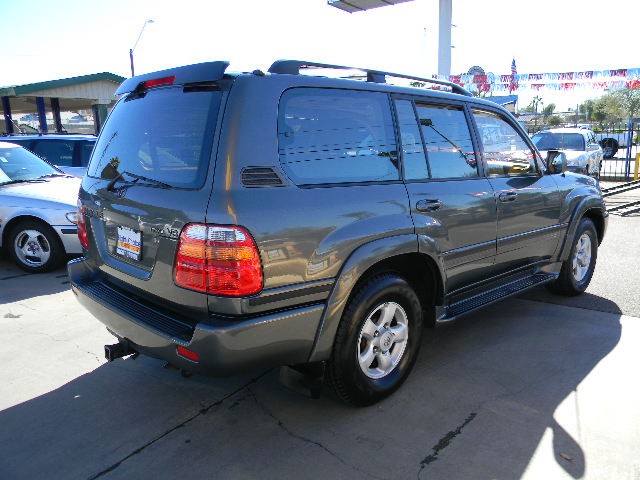
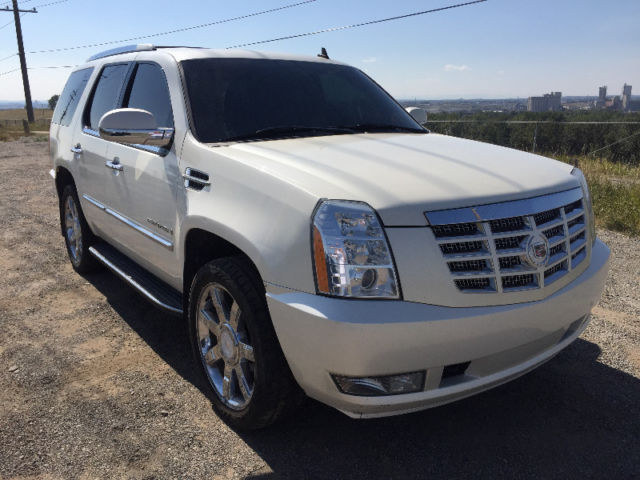





_(720p).jpg)

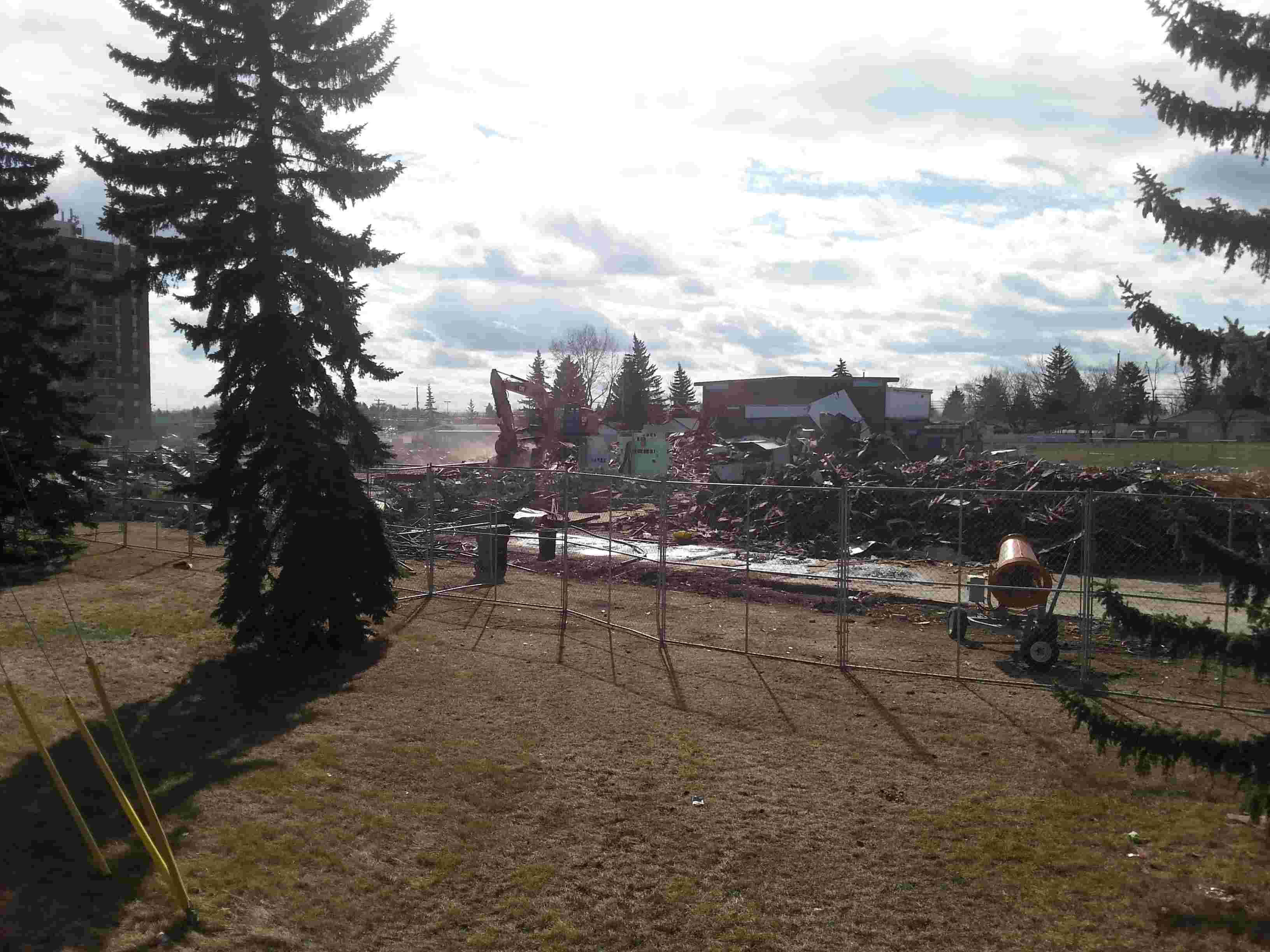
 OFFICIAL HD MUSIC VIDEO.jpg)
.jpg)



